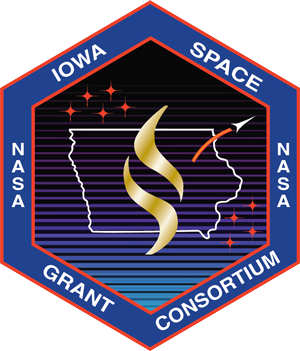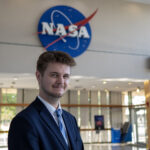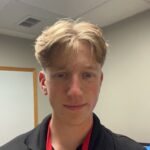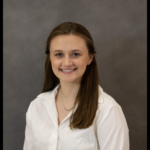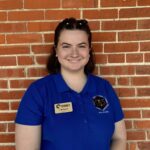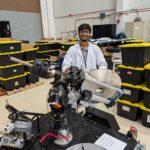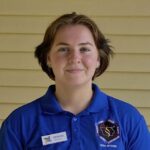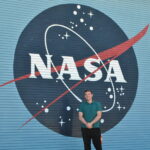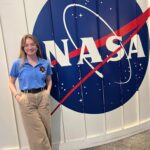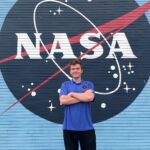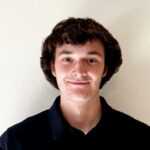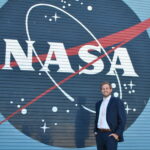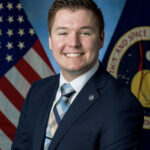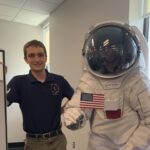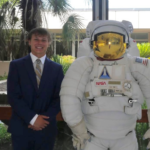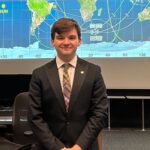Internship Reports
Internship Funding
The Iowa Space Grant Consortium has funded 87 internship placements since 2012. We have funded students in varying disciplines, from aerospace, chemical, civil, computer, electrical, and mechanical engineering to elementary education, industrial design, journalism and biology sustainability, etc. We have placed students from Drake, Iowa, Iowa State, and Loras College. Placements at 11 NASA host centers include Ames, Armstrong, Glenn, Goddard SFC, Goddard Institute for Space Studies, NASA HQ, JPL, Johnson, Kennedy, Langley, and Marshall. We have also hosted an intern as a communications specialist at the ISGC main office. Click the link above for details on center placements and disciplines.
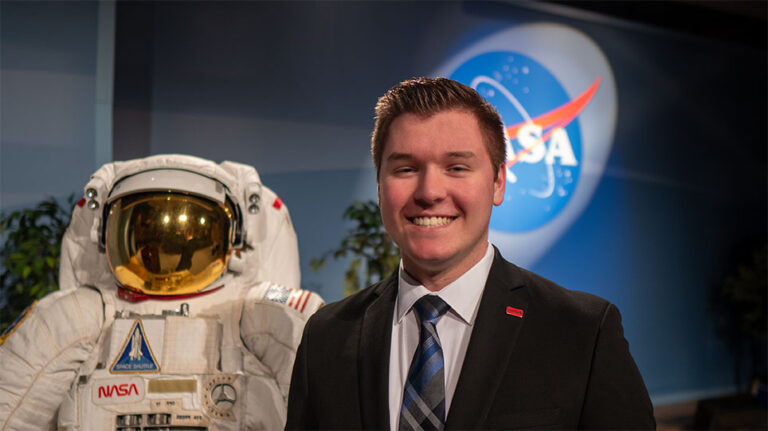
Internship Reports
2025 Spring Final Reports
Iowa State University - Mechanical Engineering
2024 Fall Final Reports
Iowa State University - Mechanical Engineering
Iowa State University - Aerospace Engineering
University of Iowa - Mechanical Engineering
Iowa State University - Aerospace Engineering
2024 Summer Final Reports
Iowa State University – Aerospace Engineering
Iowa State University, Aerospace Engineering
Iowa State University – Electrical Engineering
Iowa State University – Aerospace Engineering
Drake University – Physics, Astronomy and Mathematics
Iowa State University – Software Engineering
2024 Spring Final Reports
Iowa State University – Aerospace Engineering
Iowa State University – Mechanical Engineering
University of Iowa, Mechanical Engineering
2023 Fall Final Reports
University of Iowa, Mechanical Engineering
Iowa State University – Aerospace Engineering
University of Iowa – Biomedical Engineering
2023 Summer Final Reports
Iowa State University – Computer Science
University of Iowa – Biomedical Engineering
Iowa State University – Aerospace Engineering
2023 Spring Final Reports
Drake University – Computer Science, Data Science, Artificial Intelligence
University of Iowa – Biomedical Engineering
Iowa State University – Mechanical Engineering
Iowa Space Grant (ISGC) Assistance with Placement
To inquire about Iowa Space Grant (ISGC) assistance with a center placement, please answer these survey questions before contacting our office: ISGC Sponsorship Student Request.
